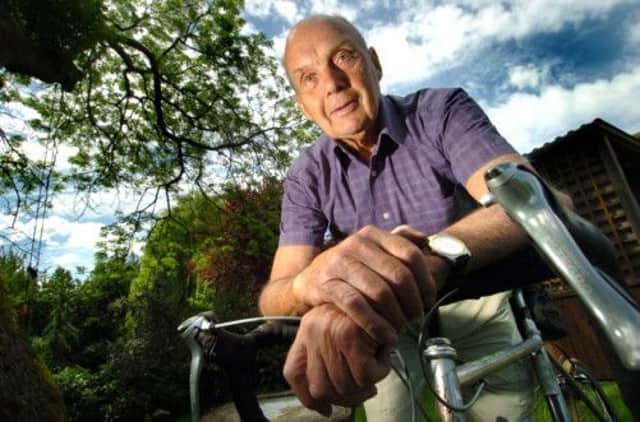Hinault and Merckx leave drug cheats firmly in shade


Pockmarked by controversy and illuminated by some of sport’s greatest characters, it is an event that captivates a continent for three weeks every summer.
As a whole, the British public have been slow on the uptake, with only widespread interest being generated in recent years thanks to the exploits of Mark Cavendish, Sir Bradley Wiggins and Chris Froome.
Advertisement
Hide AdAdvertisement
Hide AdBut in continental Europe it is almost as if the world stops spinning for these three incident-packed weeks.
For as well as the great names of cycling, the Tour de France also conjures up images of some of the most iconic landmarks in world sport.
The Col du Tourmalet. Alpe d’Huez. Mont Ventoux.
They are three of the more notorious climbs as the peloton weaves its way through the Alps and the Pyrenees mountain ranges.
Holme Moss, Cragg Vale and Buttertubs Pass will test the best cyclists in the world in Yorkshire next summer, perhaps not to the extent of the aforementioned category one climbs but they will add their own chapter in the tapestry of the Tour.
Advertisement
Hide AdAdvertisement
Hide AdThe men who conquer the mountains, though, are the real attraction.
Two hundred cyclists a year start the Tour de France, with the current three-week race over 23 days taking in around 3,500km of roadway.
The 2013 version was the 100th edition of the Tour de France and for that reason it was restricted to the confines of France.
Signature climbs were included as the men of 2013 attempted to write their name into folklore.
Advertisement
Hide AdAdvertisement
Hide AdSome of that history has been stained by drugs, a disease the race is trying hard to eradicate as it goes into its second centenary.
To that end, some of the past 100-odd years has been tainted by the smear of cheating, with Lance Armstrong the offender-in-chief.
His seven Tour wins from 1999 to 2005 have been expunged from the record books.
Sadly, there are others.
Alberto Contador, Floyd Landis, and even Yorkshire’s own Tom Simpson, whose tragically heroic life is remembered for the good and allegedly bad.
But there are other names who act as pure inspiration.
Advertisement
Hide AdAdvertisement
Hide AdBernard Hinault is arguably the greatest Frenchman to have raced the Tour de France.
He won the maillet jaune five times between 1978 and 85.
Laurent Fignon won it twice during those years before America’s Greg Le Mond came along in the mid to late ’80s to win three yellow jerseys.
The great Spaniard, Miguel Indurain, took up the baton in 1991, winning the first of five straight Tours.
That was a golden era for the Tour, with great champions and even better rivalries that brought the best out of the men who raced for glory through France.
Advertisement
Hide AdAdvertisement
Hide AdOne of the great names in the race’s history is Eddy Merckx.
The Belgian was a five-time champion between 69 and 74. He is commonly regarded as the greatest cyclist of all time, having completed the Grand Tour set by winning five Giro d’Italia titles and the Vuelta Espana once.
He won the triple crown in 1974 – Tour, Giro and world championship – the latter being his third and final global title.
Ireland’s Stephen Roche also won the triple crown in 1987. Roche was the reason many a British rider got on his bike as a young man and can be seen competing in the peloton nowadays.
Advertisement
Hide AdAdvertisement
Hide AdBefore the heroes of the ’70s, ’80s and ’90s, the Tour had been a different beast – with beast being the operative word.
When Huddersfield’s Brian Robinson rode it for the first time in 1955, stages could be 12 hours long, and there were no support vehicles or buses taking the riders from stage to stage.
When the great French rider Jacques Anquetil won his fourth Tour in 1965, the race length was 4,504km, a thousand more than it is today.
It was contested over the longest distance in 1926, a whopping 5,745km, with Belgium’s Lucien Buysse winning in a time of 238 hours 44 minutes 25 seconds.
Advertisement
Hide AdAdvertisement
Hide AdThe winning time of Bradley Wiggins was nearly a third of that, just over 87 hours.
Whatever the time and whoever the champion, since 1903 the best cyclists in the world have been putting themselves through sheer hell to give themselves a chance of winning the most prized honour in all of cycling.